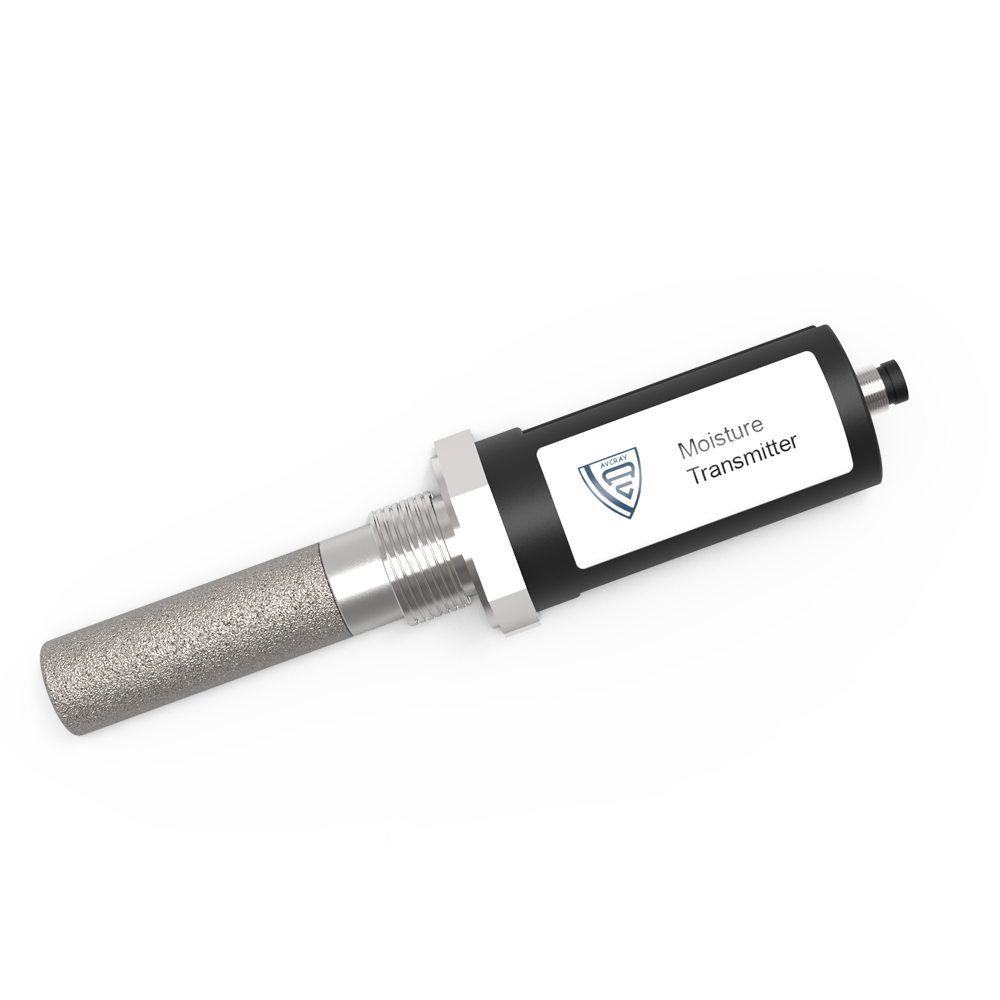Water Dissolved Oxygen Analyzer is a polarographic analysis instrument designed for ppb level dissolved oxygen measurement such as boiler feed water and condensate water. Ensure the stability and accuracy at low concentrations, and greatly improve the measurement performance and use environment. Dissolved oxygen meter is mainly used for continuous monitoring of dissolved oxygen value in solutions of chemical fertilizer, metallurgy, environmental protection, pharmaceutical, biochemical, food and tap water.
Water Dissolved Oxygen Analyzer Measurement Principle: The solubility of oxygen in water depends on temperature, pressure and dissolved salts in water. The sensing part of the dissolved oxygen analyzer is composed of a gold electrode (cathode) and a silver electrode (anode), and an electrolyte of potassium chloride*potassium or potassium hydroxide. Oxygen diffuses into the electrolyte through the membrane and forms a measurement loop with the gold and silver electrodes. When a polarization voltage of 0.6 ~ 0.8V is applied to the electrode of the dissolved oxygen analyzer, oxygen diffuses through the membrane, the cathode releases electrons, and the anode accepts electrons to generate current. The entire reaction process is: anode Ag+Cl→AgCl+2e- cathode O2+2H2O+4e→4OH- According to Faraday’s law: the current flowing through the electrode of the dissolved oxygen analyzer is proportional to the oxygen partial pressure, and there is a linear relationship between the current and the oxygen concentration at the same temperature.

Water Dissolved Oxygen Analyzer Note:
- Do a calibration before use every day, using the water-saturated gas method, and you do not need to calibrate again even if the machine is turned off;
- The temperature during calibration and measurement should not be too different, preferably not more than +-5°C;
3. If the reading is abnormal, the dissolved oxygen membrane must be replaced (for example, the reading is unstable or not stable from high to low after starting up);
4. When changing the dissolved oxygen membrane, there should be no air bubbles in the electrolyte, the membrane should not be wrinkled, and the excess membrane should be cut clean;
5. The dissolved oxygen membrane must be replaced when the sensor electrolyte is dry;
6. When replacing the dissolved oxygen membrane, use deionized water or distilled water to wash off the old electrolyte, and then add 2-3 drops of the new electrolyte to dry. PH meter measurement usually has two kinds of colorimetry (pH test paper or cuvette) and electrode method. Ordinary dissolved oxygen sensors should be filled with new electrolyte until the liquid surface swells, and the dissolved oxygen film should be pressed on without leaving bubbles; the cover film should be filled with half of the new electrolyte and tightened;
7. The cover film can be used after replacement, and the ordinary film should be left overnight after replacement to allow the film to fully restore balance;
- If the surface of the dissolved oxygen membrane is contaminated, clean it carefully and not damage the membrane;
- YSI officially recommends changing the dissolved oxygen membrane once every 2-4 weeks, but if the water quality is good and properly maintained, it can even be replaced once every six months, provided that the calibration reading is normal each time;
10. If there are continuous bubbles at the bottom during measurement, the sensor head should be up and tied to the cable, and the bubbles should not stay on the surface of the dissolved oxygen film;
11. Ordinary dissolved oxygen sensors need to be stirred during measurement. Proper stirring is conducive to obtaining true dissolved oxygen readings. The rapid pulse method and microelectrode array (MEA) measurement do not require stirring.
